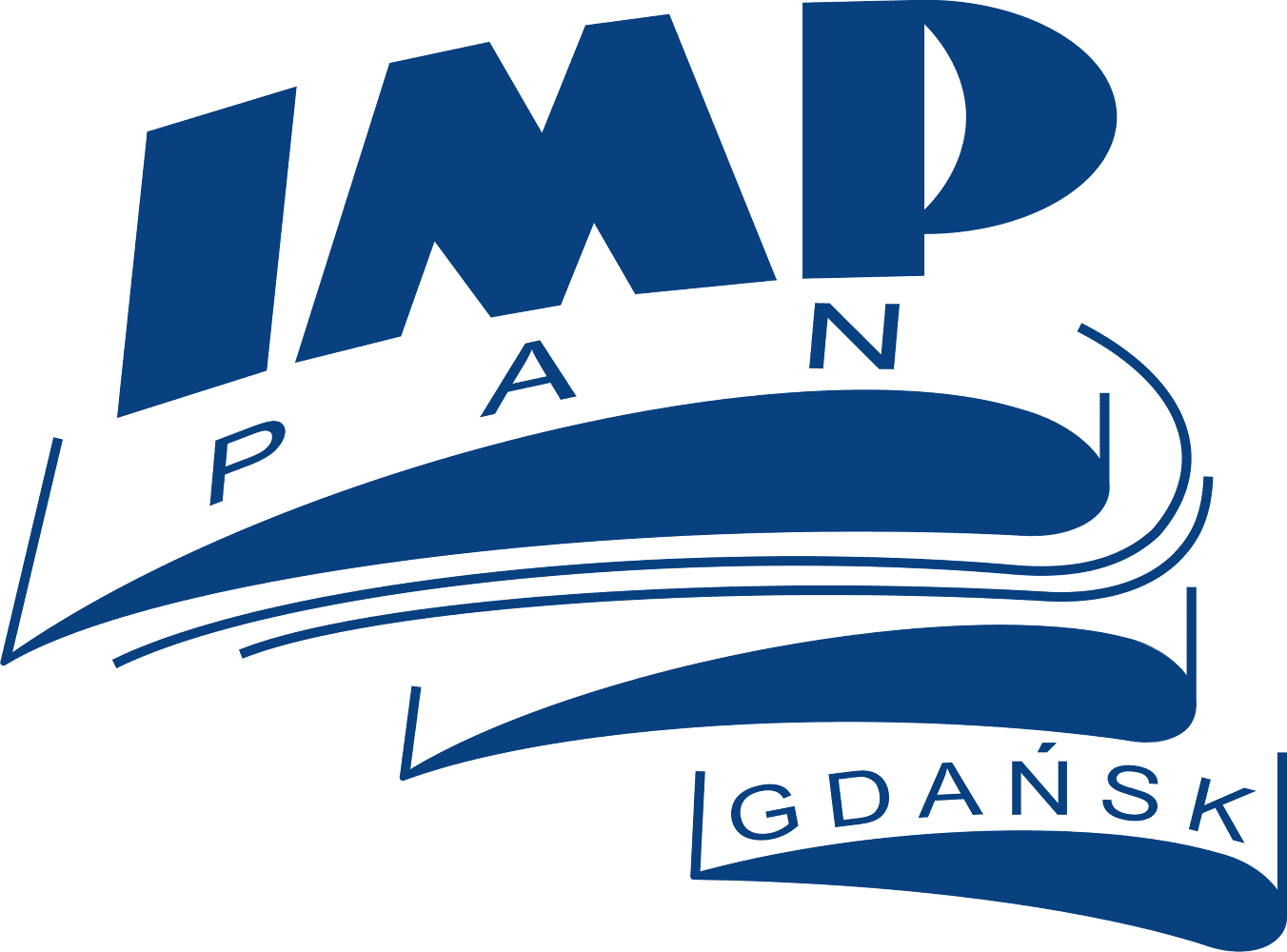Experimental studies of machinery
Staff members of the Department perform experimental research of developed prototypes as well as research and development activities in favour of industry and business. Research on different types of machinery used mainly in power engineering, but also in other branches of industry has been carried out for many years. Examples of the objects studied include turbo-generator units, micro-turbines, hydrosets, pumps and machine tools. The acquired experience and modern apparatus make it possible to measure vibration, stress, temperature and pressure distributions, flow rate, rotational speed and noise level. Results of measurements contribute to the assessment of technical condition and performance of machinery and are needed to make recommendations for necessary repairs, thus allowing for their subsequent operation. We also create diagnostics systems designed for specific machinery.

Fig. 1: Performance tests of prototypical steam micro-turbine.

Rys. 2. Diagnostic testing of the hydroset carried out in hydroelectric power plant.
Dynamics of rotor-bearing systems – an experimental approach
The Department of Turbine Dynamics and Diagnostics has its own, well-equipped Machine Vibrodiagnostics Laboratory which houses several test rigs. Experimental works on these test rigs do not entail their decommissioning compared to industrial machines that are actually being used. In practice, this allows conducting any experiments, both active and passive. Experimental results significantly facilitate gaining reliable knowledge about dynamical properties of systems and can be used to calibrate numerical models. The test rigs for studying rotor dynamics are presented in figures 12 and 13. We are also engaged in design and construction of test rigs, adjusted to current needs.

Fig. 3. Test rigs for testing rotors and bearings.

Fig. 4. Test rig for testing rotors supported by rolling bearings.
Experimental modal analysis
For the purposes of identifying the dynamical properties of structures, the experimental modal tests are performed. Results of modal analysis contain information on eigenfrequencies and mode shapes of the system as well as the corresponding damping coefficients. Modal tests are carried out by means of modern apparatus (LMS SCADAS Mobile measuring computer), together with dedicated software (LMS Test.Lab). The measuring system also includes vibration exciters, an impulse hammer and a set of uniaxial and triaxial accelerometers. The exemplary results of experimental modal analysis are shown in Fig. 5.

Rys. 5. The comparison of eigenfrequencies and mode shapes of the frame structure
(a – results of numerical computations, b – results of experimental research).


















